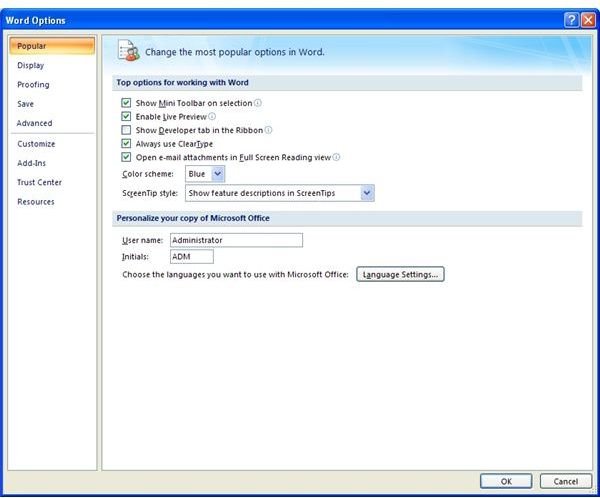

- UNIVERSAL TYPE CLIENT FONT UNAVAILABLE INSTALL
- UNIVERSAL TYPE CLIENT FONT UNAVAILABLE DRIVERS
- UNIVERSAL TYPE CLIENT FONT UNAVAILABLE DRIVER
- UNIVERSAL TYPE CLIENT FONT UNAVAILABLE WINDOWS
These redirected native printers support a finishing option when the specific hardware is connected to the printers. For information about the Disable Printer Property Persistence group policy setting, see VMware Integrated Printing Policy Settings. To change the media type on a UPD printer, activate the Disable Printer Property Persistence group policy setting and change the media type setting of the client printer to the desired setting. See VMware Integrated Printing Policy Settings.īy default, you cannot set the media type on a UPD printer. You can define default settings for UPD printers by activating the group policy setting Default settings for UPD printers. Finishing: specify staple and punch options for specified printers.Compression: specify how the images in the printed document are to be compressed.

Print as Image: print each page as an image.Number of copies: specify the number of copies.With print preview, the with opening preference dialog option is not available.


UNIVERSAL TYPE CLIENT FONT UNAVAILABLE WINDOWS
VMware Integrated Printing provides the following print settings for redirected UPD printers from Windows clients. Persistent print setting can be deactivated by configuring a group policy setting. After the user logs out and logs in to the remote desktop again, the previous print setting is persistent. For example, a user might set a redirected client printer or location-based printer to use black and white mode. Printer settings for redirected client printers, including NPD and UPD, or location-based printers, are retained after a user logs out or disconnects from the remote desktop. The static printer name is supported only on single-user machines, and is not supported on Windows Server with VDI mode. Redirected printers retain their names across sessions with the suffix vdi so that users do not need to remap the printer manually when they connect to another session.
UNIVERSAL TYPE CLIENT FONT UNAVAILABLE DRIVERS
Depending on the group policy setting and whether native print drivers are installed, redirected printers on the third layer might use UPD or NPD. In a nested mode setup, you can redirect local printers installed on the first and second layers to the remote desktop or published application on the third layer. For information, see Setting Up Location-Based Printing. The location-based printing feature maps printers that are physically near client systems to remote desktops.
UNIVERSAL TYPE CLIENT FONT UNAVAILABLE DRIVER
On the General tab, if Model is VMware Universal EMF driver or VMware Universal XPS Driver, UPD is used. To determine which printer driver type is used in a remote desktop, go to Control Panel > Hardware and Sound > Devices and Printers, right-click the virtual printer, and select Printer Properties from the context menu. You can select the printer driver type to use on a remote desktop by configuring a group policy setting.
UNIVERSAL TYPE CLIENT FONT UNAVAILABLE INSTALL
This way, the end user can monitor the print job and see who initiated the print job.īy default, if you install the native driver on the Horizon Agent computer, NPD is used. You do not need to install any driver on the remote desktop.īy default, VMware Integrated Printing displays the session user name on the client side print queue. This includes two options - VMware Universal XPS Driver and VMware Universal EMF Driver. On the remote desktop, you must install the same printer driver as the driver for the client printer. For printers redirected from a Windows client to a remote desktop, VMware Integrated Printing supports the following types of printer drivers on the remote desktop. With Client Printer Redirection, users can print from a remote desktop to any local or network printer available on their client computer.


 0 kommentar(er)
0 kommentar(er)
